Is Natural Rubber as Good as Neoprene?
In the past, there have been two ways to produce neoprene or ‘polychloroprene’ - core material of the wetsuit first developed by a fresh faced, non eyepatch wearing Jack O’Neill back in the early 1950s. The first being petroleum-based and the second limestone-based. Neither of which are that good for our planet.
Neoprene was (and still is) used because of its ability to provide an insulating, lightweight, stretchy, durable and hydrophobic second skin for watersports enthusiasts the world over. But in (relatively) recent years this narrative has begun to develop, with top brands beginning to make the shift towards natural rubber.
As a watersports retailer, we are in the unique position between brand and consumer. Where we can support brands making the switch to natural rubber, whilst also providing our community with the tools and knowledge to get the most out of their wetsuits. At WSO, we want to be a part of this positive change. A narrative shift that’s vital for the longevity of our beloved sports and aquatic playgrounds - be that surfing (in all its forms), sailing, swimming, kayaking, or SUPing.
Here we hope to dive a little deeper into what makes up a natural/plant-based rubber wetsuit, why they have a lighter carbon footprint than their neoprene (and limestone) siblings, and where best to buy one. Time for a little science lesson…
Shop Natural Rubber Wetsuits here.
The Science
It turns out that natural rubber latex is used in many products that rely on rigorous performance standards – surgical gloves, airplane tyres, various other things you wouldn’t really want to go wrong. So why should natural rubber wetsuits be any different? Any less reliable? But let's not get ahead of ourselves. It's best to first understand how the manufacturing process differs before passing judgement.
So how does the process differ? Well, it’s mainly around how the core material is sourced - in this case from rubber trees. Once they reach an age of 6 or 7, the tree can be tapped for its natural raw latex, which is then refined to a more malleable material. In most cases this is done by the Yulex® company, who pioneered the introduction of FSC-certified natural rubber into the supply chain for consumer brands. In short, this has allowed well-loved watersports brands to work hand-in-hand with Yulex® (Billabong, Zone3, Xcel, and Wallien to name a few) to develop a range of wetsuits with a natural rubber core.

Once the rubber sources reach the manufacturing facility, the steps to turn them into foam sheets remains pretty much the same. It’s best to imagine it like a recipe. With one asking for fully organic, locally grown ingredients and the other using highly processed, batch bought ingredients. The process of ‘cooking’ will be similar and the final product might not taste that different (depending on your preference), but the journey to the plate is of stark contrast.
These changes to the production process may seem minor, but the environmental impacts are huge. Chief Technology Officer at Yulex®, Jim Mitchell, estimates that for every kilogram of Yulex material created by tapping a tree, processing that sap and converting it into rubber chips ready to create foam sheets, between 7.1g to 9.6g of CO2 are emitted into the atmosphere*. Compare this to synthetic rubber (neoprene in this case), and you are looking at CO2 emissions of around 182,000g to 196,000g. That’s a huge increase.
The feel
From the feel and flex of these wetsuits, you wouldn’t know it’s not neoprene. There were slight hang ups, however, when natural rubber suits first hit the market as people thought they would be more rigid with less flex. But in reality, the quality and performance is much the same, with equal care and attention needed to ensure their longevity (rinse, drip dry inside-out, hand wash with light detergent etc). If you wish to know more about how best to look after your rubber, be sure to read our Ultimate Wetsuit Care Guide.
The brands making a (positive) change
When first used by Patagonia in 2013, sourcing Yulex directly from rubber plantations was incredibly expensive when compared to rubber from petroleum or limestone. Fast forward 10 years and the price difference is a lot less noticeable. Yes, they may still be a little more than their non-natural equivalent, but the figures speak for themselves when it comes to their environmental impact.

Now more than ever, brands are making the move to ‘au naturel’. This is most apparent with Xcel announcing their commitment to being neoprene free by 2026** - A big move that’s prompted a lot of positive press. Billabong have also brought out the Furnace Natural, which is 85% neoprene free and infused with CiCLO® technology. If you are looking for something with a little more colour, it’s worth checking out Wallien’s Womens Yulex Horizonia Springsuit. We also have the Yulex range from Zone3 for our open-water swim enthusiasts.
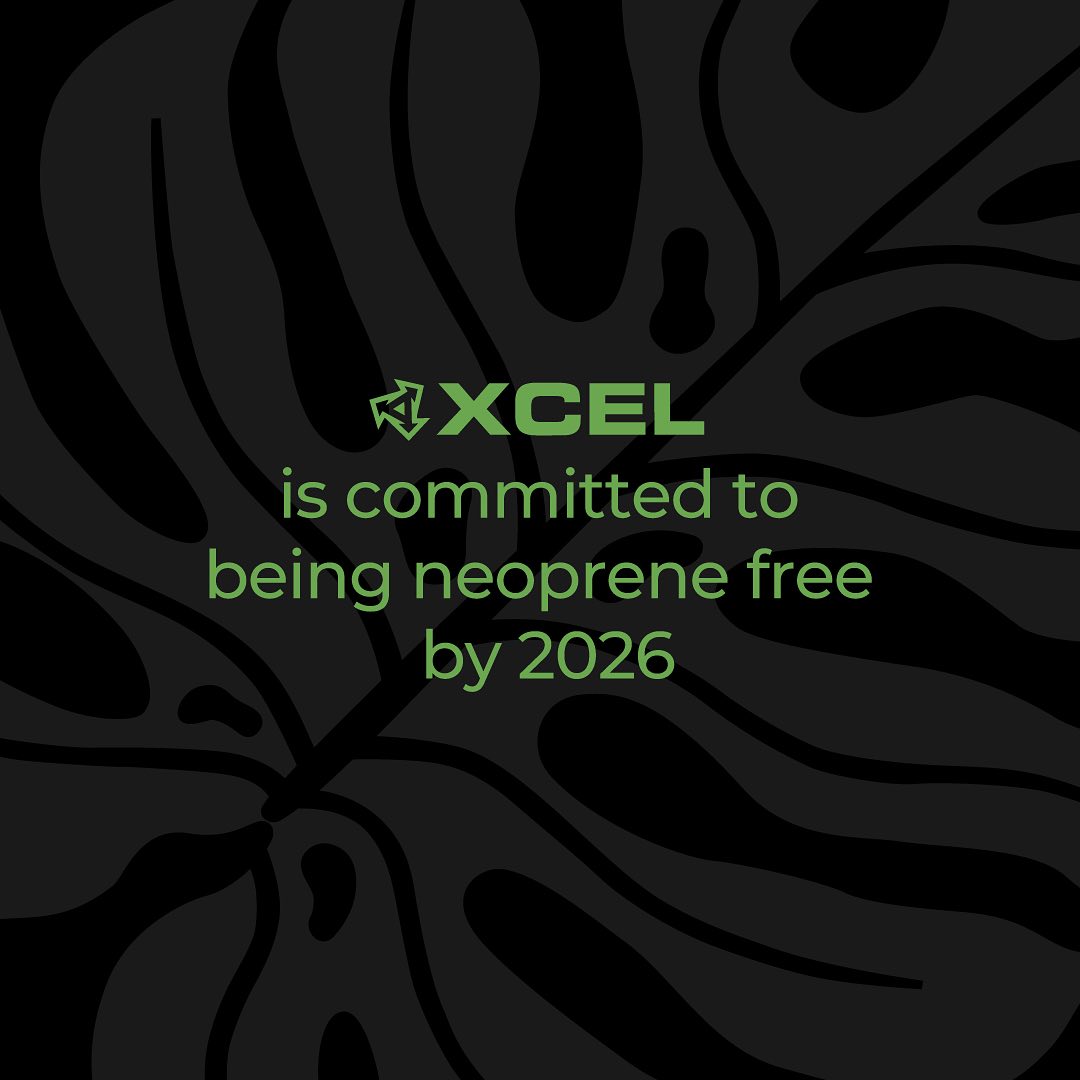
What’s next?
As Europe’s leading supplier of watersports apparel and equipment, we want to support and spotlight when brands are improving their practices and products. That’s why we are launching our Greener Choice initiative. This will be a set of curated pages of products that have a lessened environmental impactful - with natural rubber wetsuits as our flagship.
These listings will be hand-picked and cross-referenced with our strict set of guidelines (on a product level), ensuring that only products that are truly ‘green’ will appear. For our eco-conscious consumer, this ensures a clear and concise way to shop. For our brands, it will act as an incentive for them to do better - when possible, we will always push the more sustainable product option to our customer. Be that through marketing, customer service support, or on-site visibility. Given the choice, we go greener.
Before thinking about purchasing a new wetsuit (natural or not), it’s important to ask yourselves a few simple questions:
- Is my current wetsuit still in good condition?
If yes, then it's always best to get a good few seasons out of it before thinking of replacing it. If it's not quite right and you're a little tight on money, then why not sell it and put the profit towards a new natural rubber suit?
- If not, can my current wetsuit be repaired?
Be sure to check out the WSO+ Repair service in partnership with Bodyline. If you’re not sure how best to word the required repair, you can always email them some images and a short breakdown of the damage. They’re the experts after all.
- Can I donate my wetsuit to someone who needs it?
If the sizing is wrong, the thickness isn't quite right, or you've simply fallen out of love with it - Why not sell your suit or donate it to your local surf school?
- If unusable, can your wetsuit be recycled?
We've partnered with Circular Flow, a leader in neoprene recycling and manufacturing, to launch Europe's first large scale, closed-loop recycling programme for wetsuits. Worth checking out!
Shop Natural Rubber Wetsuits here.
References
*Outside Magazine - There’s Never Been a Better Time to Buy a Sustainable Wetsuit (29.07.22)
https://www.outsideonline.com/outdoor-gear/water-sports-gear/yulex-wetsuits-natural-rubber-warm-weather-surfing/?scope=anon
**Instagram - @xcelwetsuits (29.09.23)
https://www.instagram.com/p/CxyG8H_RV2s/
Updated on 5th January 2024
Originally published on 26th October 2023 in Sustainability












































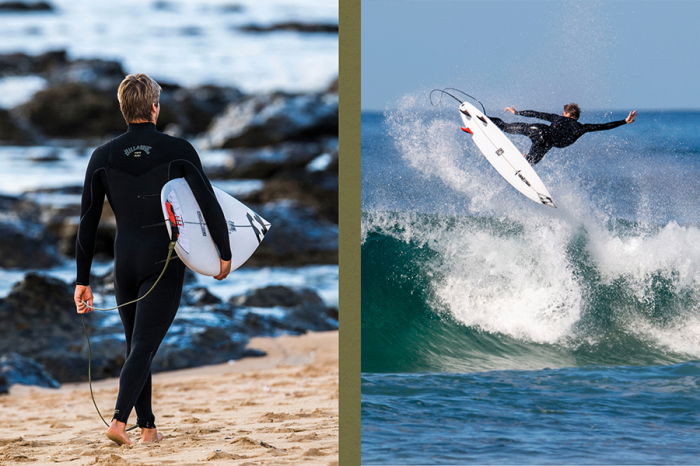





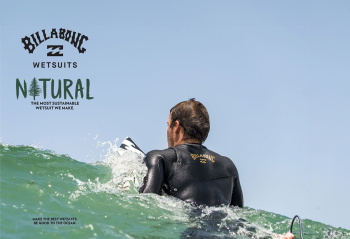

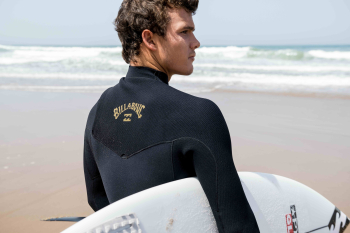

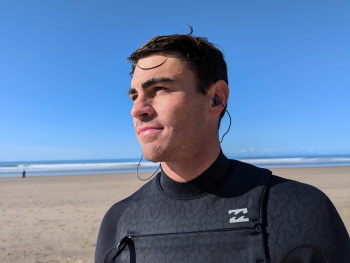
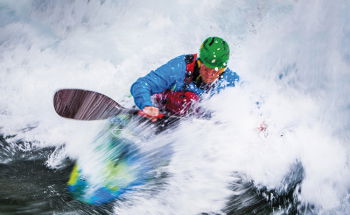


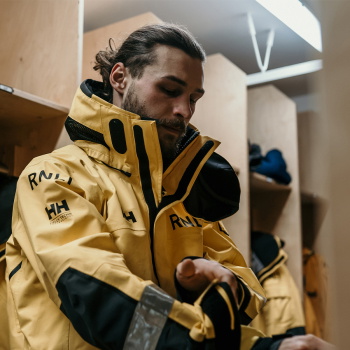

 Visit the US site
Visit the US site  Weiter nach DE
Weiter nach DE